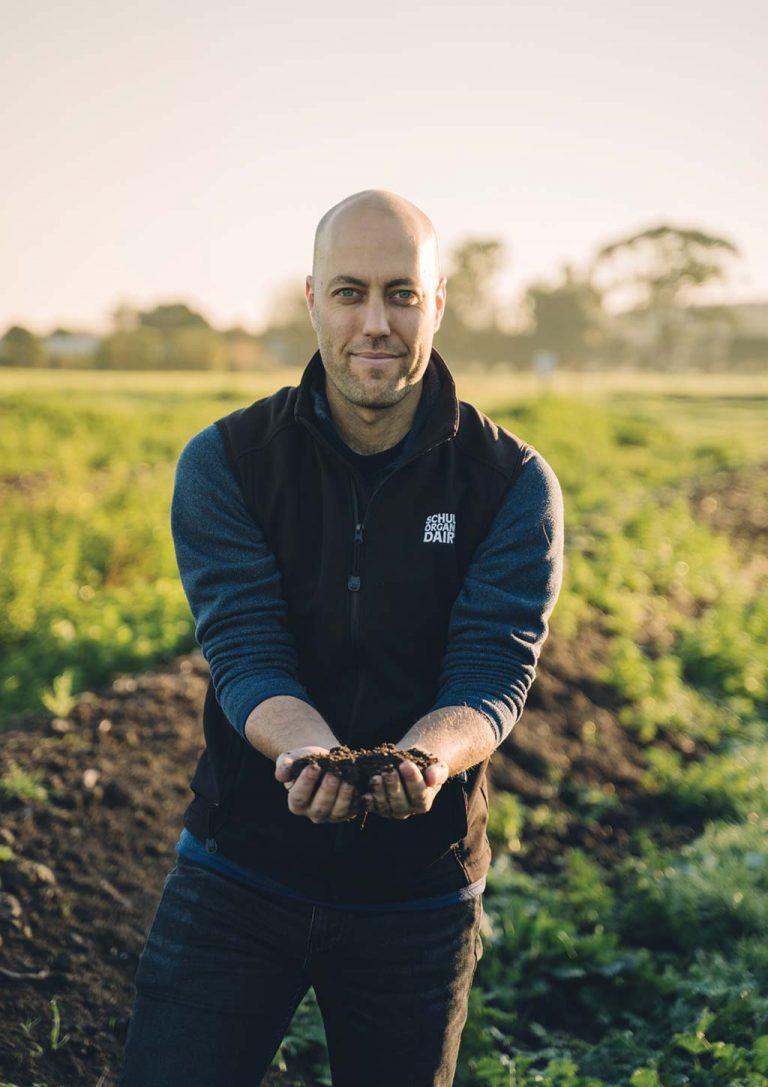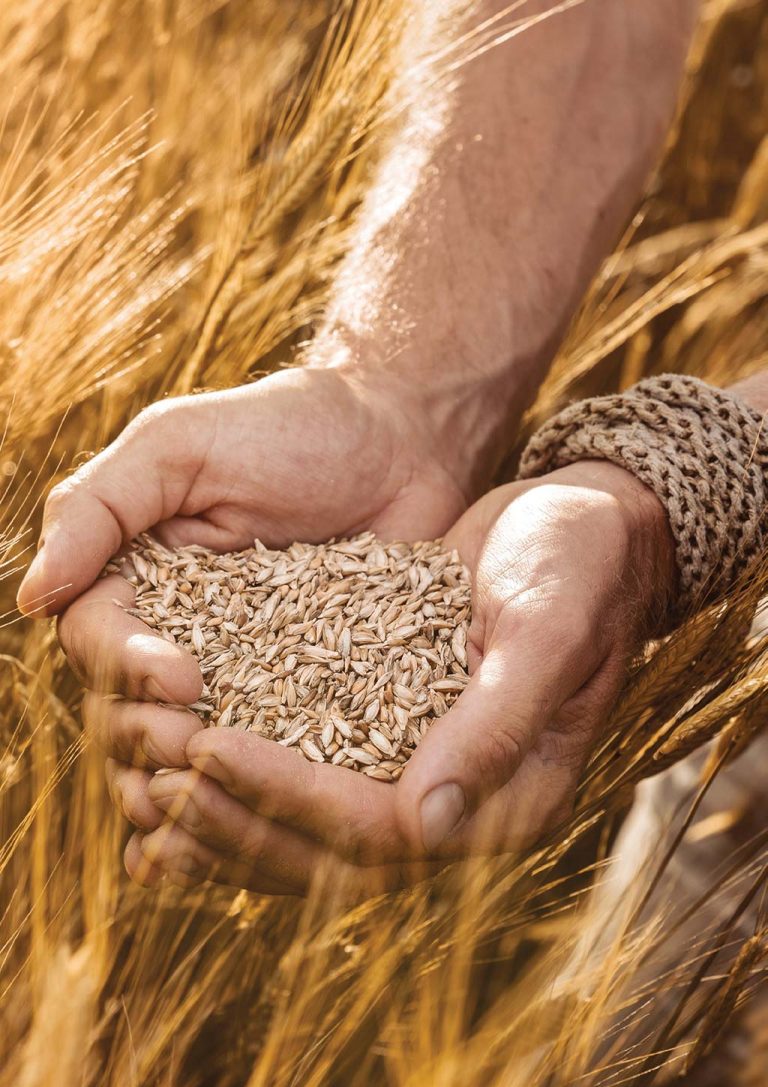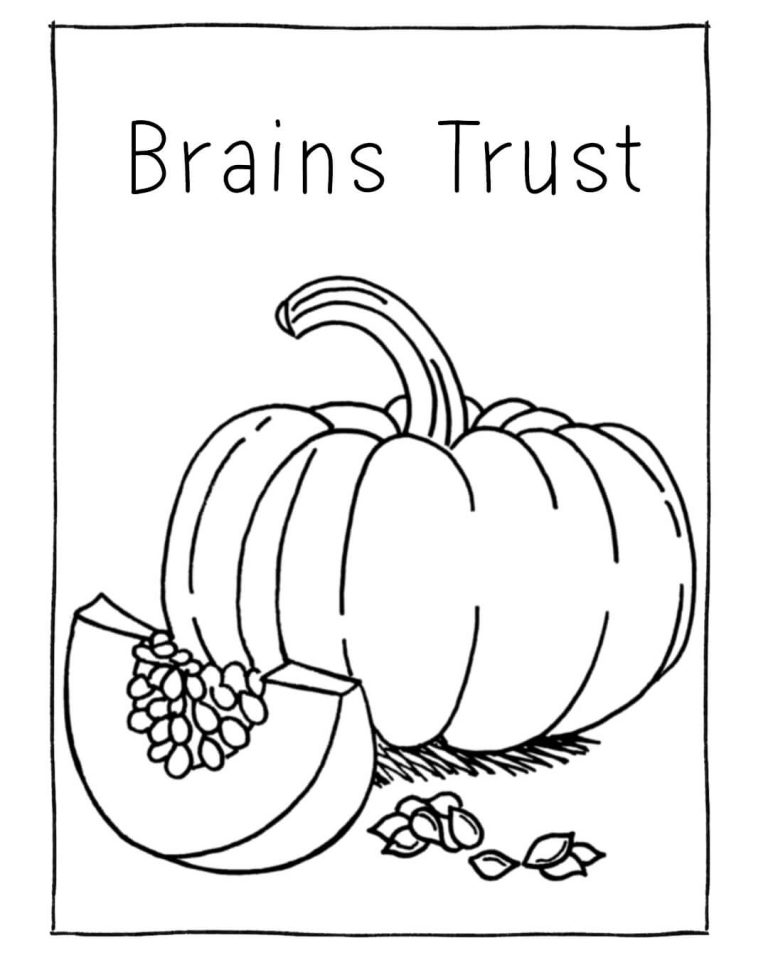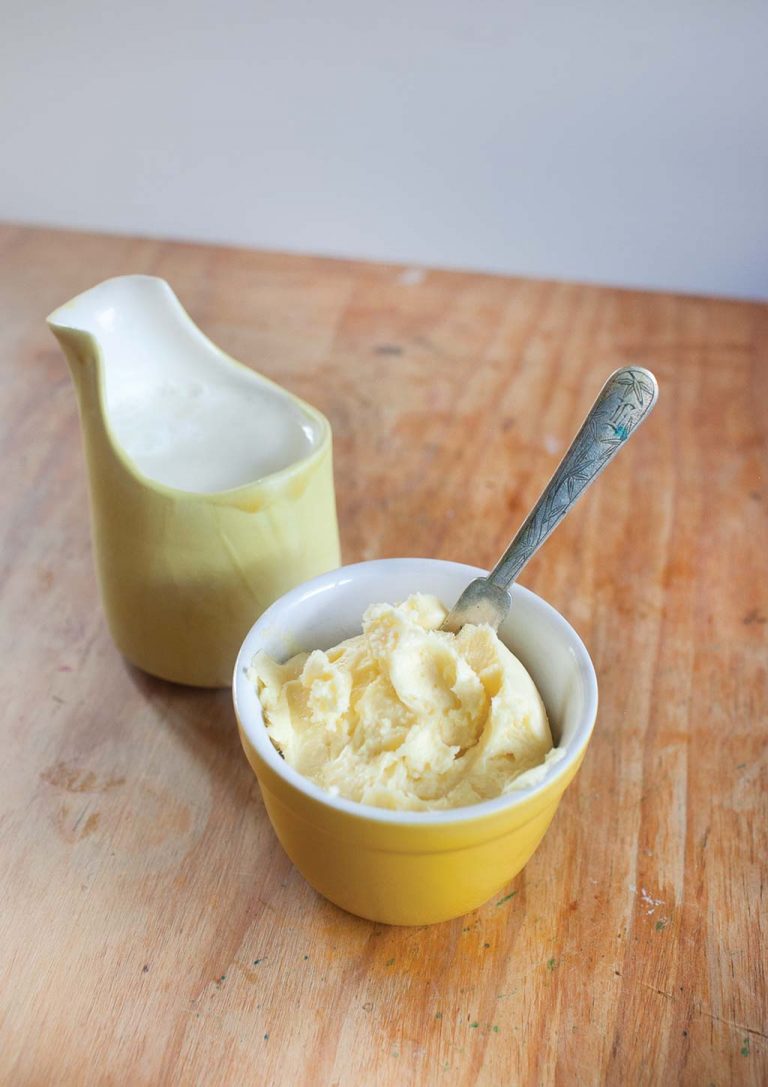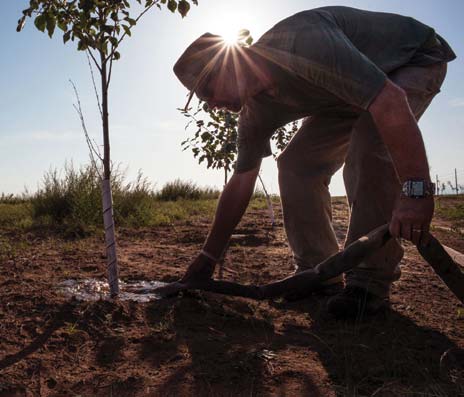I grew a green manure crop to add nitrogen to the soil (using broad beans), but last time I did this, I planted summer tomatoes straight after digging the broad beans in and it was the worst tomato crop I’ve ever had. What went wrong? (Emma, Newcastle, NSW)
Growing plants in unfinished compost doesn’t work very well. When we dig plant material into the ground, the soil bacteria will use some of the available soil nitrogen to break it down into compost, taking it away from the plants. This phenomenon is known as nitrogen drawdown. If there was insufficient nitrogen in the soil to begin with, there would definitely not have been enough left after composting to support the growth of heavy feeders such as tomatoes.
When using broad beans as a green manure crop, use the chop-and-drop method: cut the stems at soil level, so the roots decompose and release the nitrogen into the soil. The green leafy growth (despite its 30:1 carbon-to-nitrogen ratio) should not be dug into the soil; it should be chopped and left on the soil surface. Even better, the chopped plant material on the soil surface can be lightly sprinkled with manure, then covered with a straw-like mulch to create a no-dig gardening, sheet composting system.
